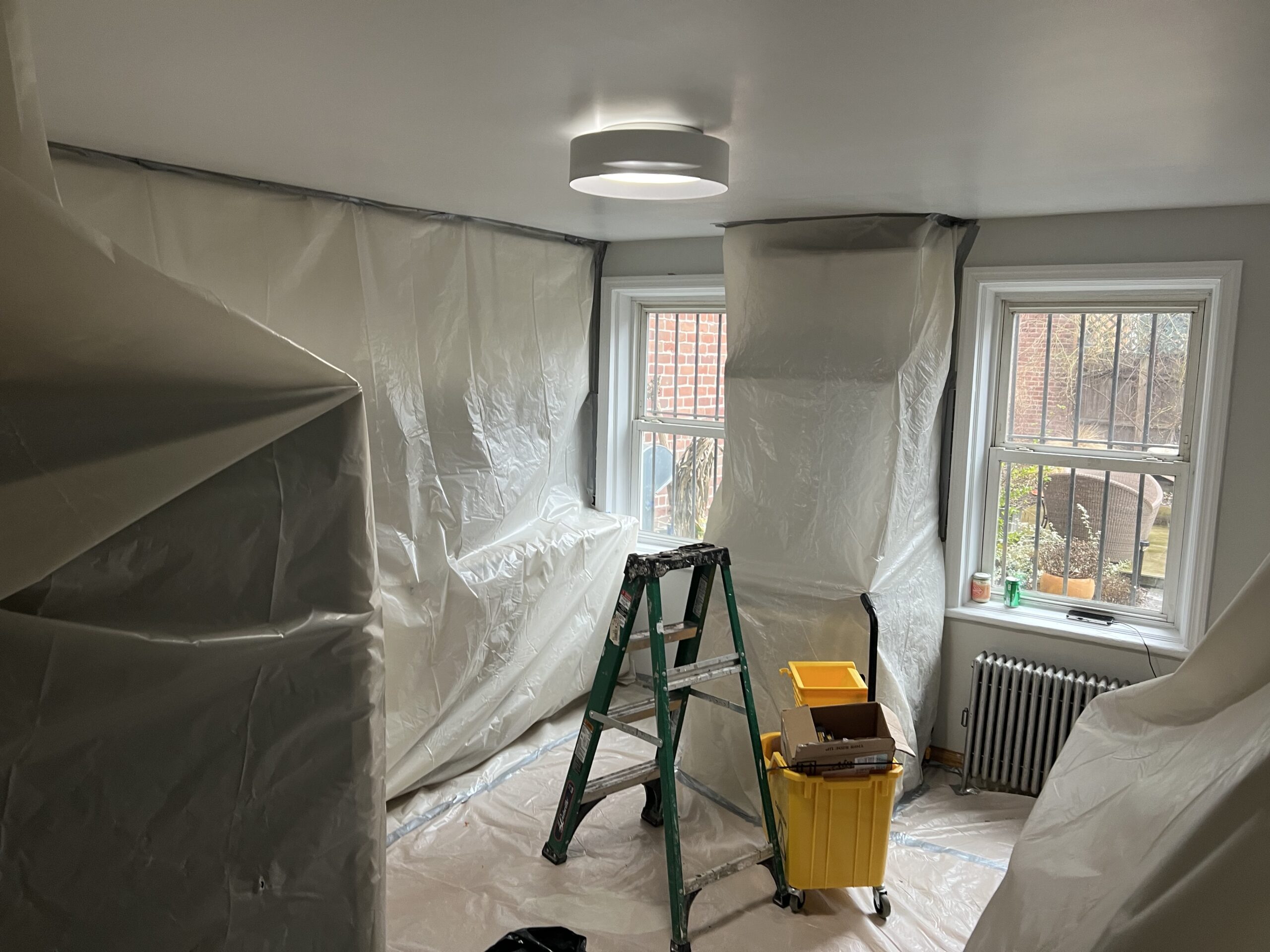Ideal Practices for Guaranteeing Safe and Complete Lead Infraction Abatement
Dealing with lead violation abatement calls for a multi-faceted method to guarantee both security and compliance. It's the final clearance procedure, involving detailed inspections and research laboratory testing, that really validates a lead-free atmosphere, guaranteeing long-term safety and security. How do these methods adjoin to ensure extensive lead abatement?

First Assessment
Conducting an initial evaluation is an important initial action in lead violation abatement. This stage encompasses a thorough evaluation of the residential or commercial property to identify the presence, level, and particular locations of lead-based threats. Qualified professionals, such as certified lead inspectors or risk assessors, need to do a thorough website examination, utilizing devices like X-ray fluorescence (XRF) analyzers to properly discover and gauge lead concentrations in paint, dust, dirt, and water.
The analysis needs to also consist of an evaluation of the building's history, previous records, and any issues or health problems reported by owners - Lead Removal Contractors. Documenting the findings meticulously is necessary, as these records create the basis for creating an efficient reduction approach. A comprehensive evaluation additionally involves tasting and laboratory evaluation, which are vital to validate the existence of lead and overview succeeding actions
In addition, it is essential to communicate the results transparently to all stakeholders, including homeowner, renters, and regulatory authorities. By making certain that the initial assessment is conducted with accuracy and rigor, specialists can lay a solid structure for a targeted and effective lead reduction procedure, eventually guarding public health and wellness and making sure compliance with regulative requirements.
Correct Control
Proper containment is crucial to protect against the spread of lead pollutants during abatement tasks. Properly handling containment reduces the danger of lead dirt and debris migrating to non-work areas, consequently guarding both the setting and individuals outside the instant work area.

Routine inspections of the control location are needed to look for violations or weaknesses in the barrier. Any kind of determined issues need to be promptly resolved to preserve the integrity of the control. By sticking to these techniques, reduction tasks can effectively control lead contamination and reduce connected health and wellness threats.
Worker Protection
Guaranteeing worker protection is extremely important throughout lead reduction tasks to stop work exposure to hazardous lead fragments. Necessary actions consist of making use of Go Here personal protective equipment (PPE) such as respirators, handwear covers, and full-body suits particularly developed to obstruct lead dust and fumes. Employees must undergo thorough training on the right use and maintenance of PPE, including healthy screening for respirators to guarantee optimum efficiency.
Engineering controls, such as regional exhaust ventilation systems, are crucial in lessening air-borne lead focus in the workplace. Management controls must additionally be executed, including limiting the period of exposure and rotating workers to minimize specific exposure times. Normal medical surveillance and biological monitoring are important for early discovery of lead absorption, enabling prompt intervention and treatment.
Additionally, establishing a purification protocol is essential. Workers have to follow rigorous purification procedures prior to breaks and at the end of their change to stop lead dust from being brought outside the workplace. This consists of thorough hand and face washing with lead-specific cleaner and transforming out of polluted clothes.
Meticulous Cleanup
Preserving a risk-free workplace expands past employee security and includes precise cleaning to make sure lead fragments are this hyperlink thoroughly gotten rid of from the site. The procedure of precise cleanup is critical in stopping the recontamination of the eased off area and guarding both current and future owners.
To attain a detailed clean-up, all workplace need to be systematically decontaminated. This includes making use of specialized HEPA (High-Efficiency Particulate Air) vacuum cleaners and wet-wiping methods to capture and remove fine lead dust that may have decided on surface areas. It is necessary to clean all straight surfaces, including floors, window sills, and kitchen counters, as well as vertical surfaces that might have trapped lead bits.
Workers must use suitable personal protective equipment (PPE) during cleanup to stay clear of exposure to recurring lead dirt. Made use of cleansing products such as wipes, sponges, and wipe heads ought to be taken care of based on contaminated materials disposal guidelines.

Last Clearance
Last clearance is the critical ending stage of lead reduction that establishes whether the website is secure for reoccupation. This crucial action involves detailed evaluation and testing to validate that additional info all lead risks have actually been effectively removed.

Last clearance testing not just shields future residents however also guarantees compliance with regional, state, and federal guidelines. It serves as a recorded recognition of the reduction service provider's adherence to sector finest methods. Guaranteeing an extensive and effective final clearance is important in safeguarding public health and wellness and cultivating count on the reduction process.
Conclusion
Ensuring safe and thorough lead infraction abatement necessitates a complex technique including initial evaluations with innovative detection approaches, effective containment strategies, strict employee defense procedures, and careful cleanup procedures. The final clearance stage, featuring comprehensive inspections and lab screening, is essential to confirm compliance with EPA criteria. Adherence to these best methods ensures a risk-free setting for passengers, alleviates health and wellness risks, and supports governing requirements, therefore advertising public health and security in lead-affected areas.